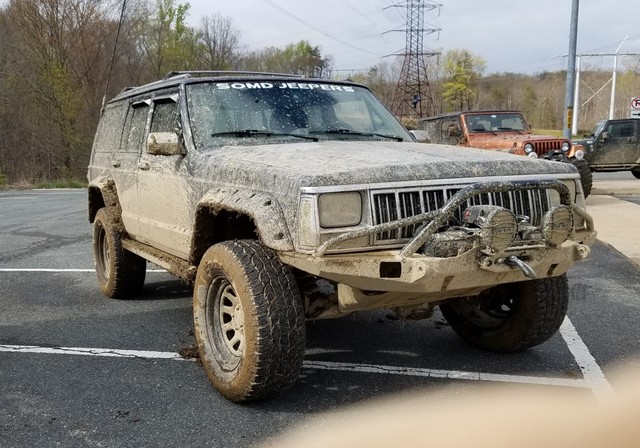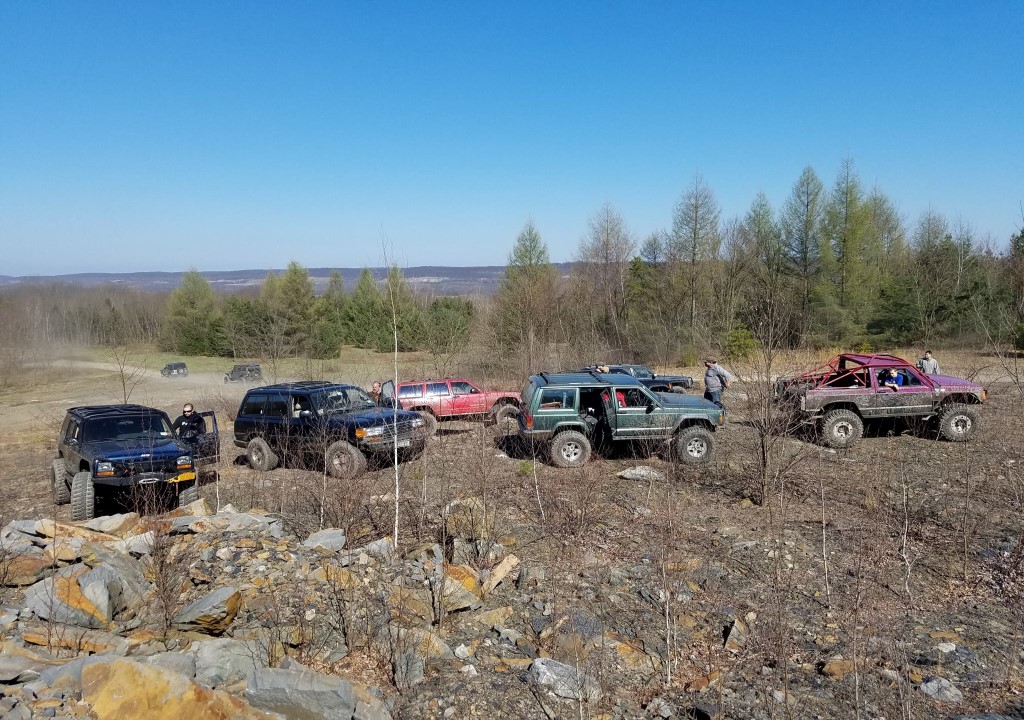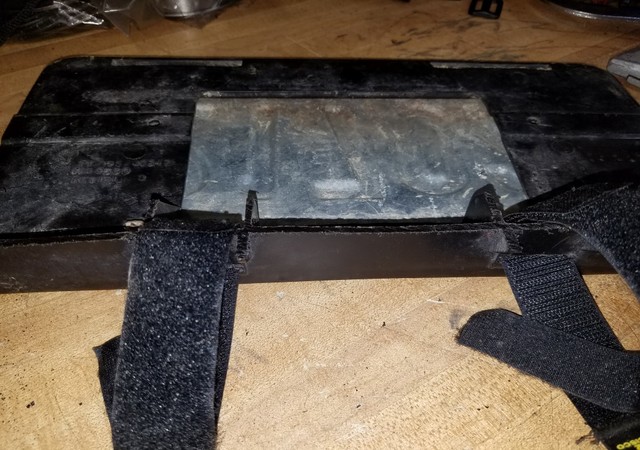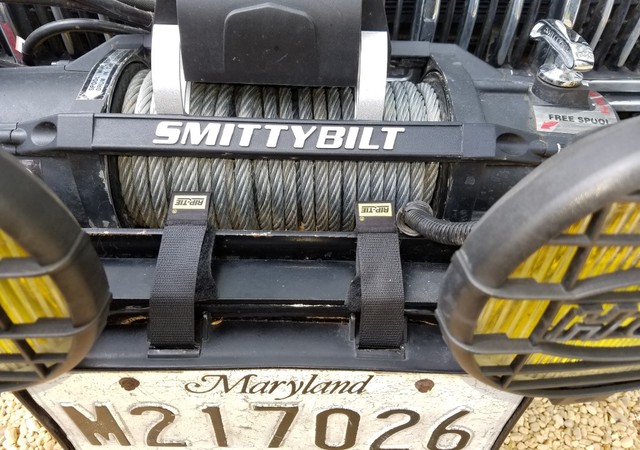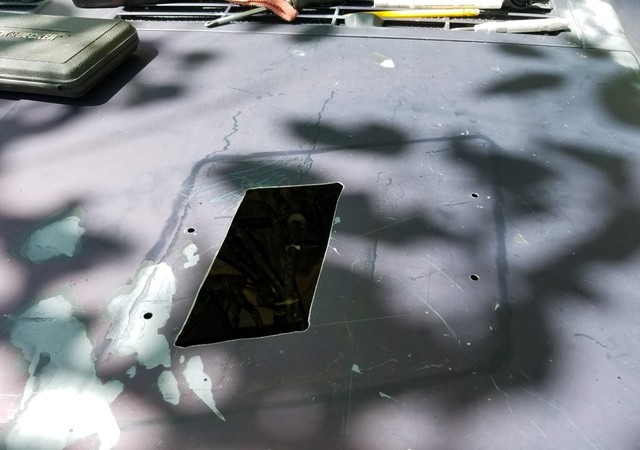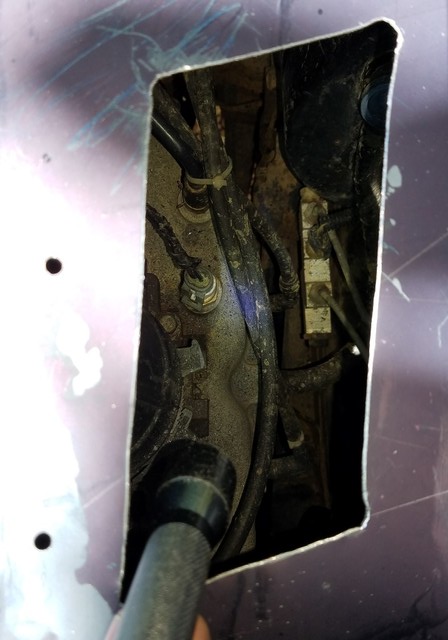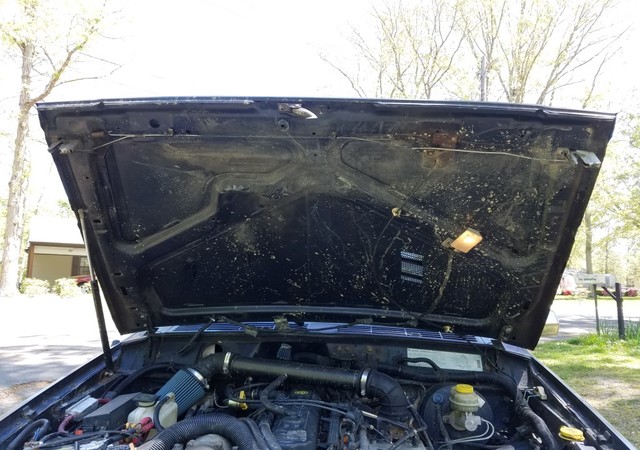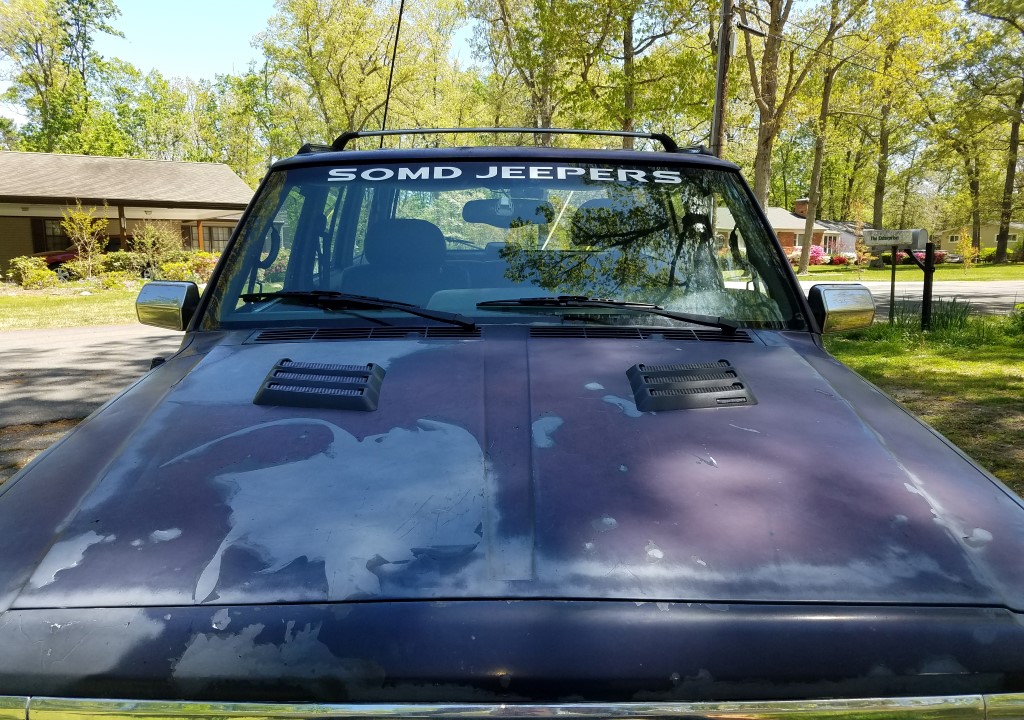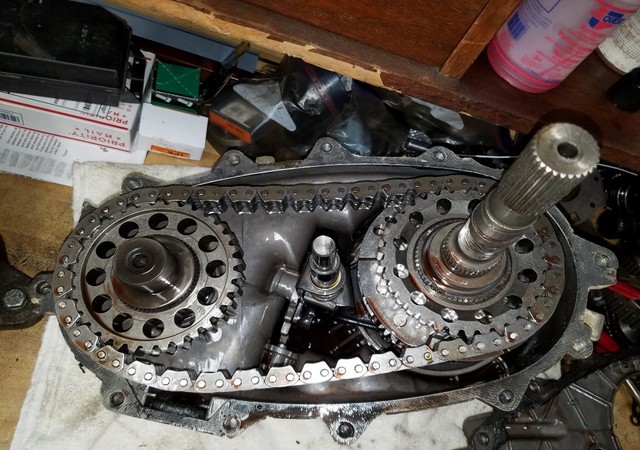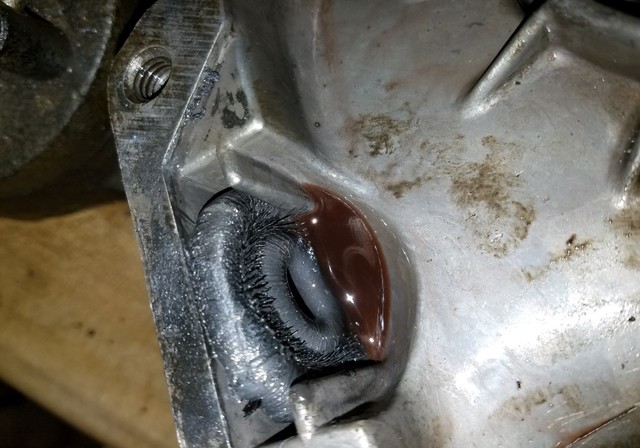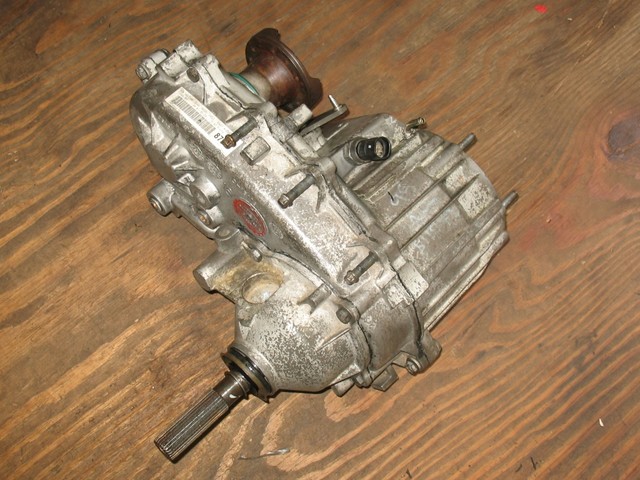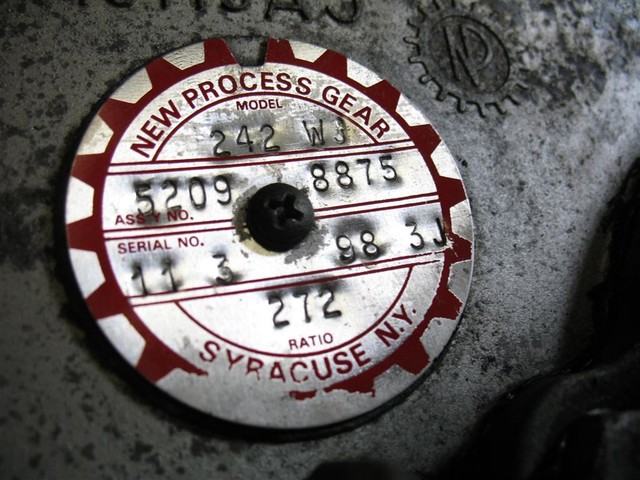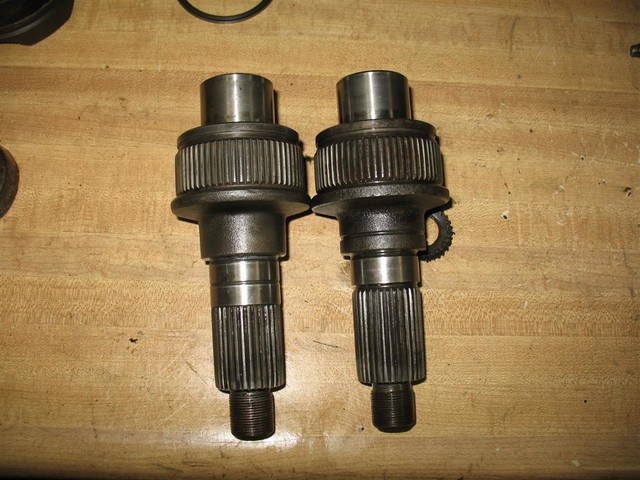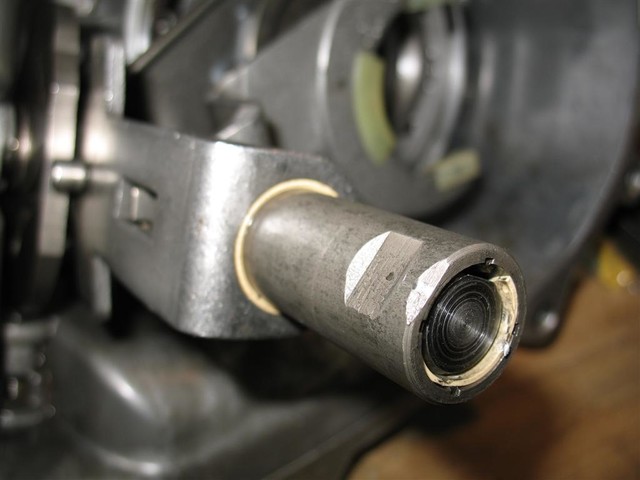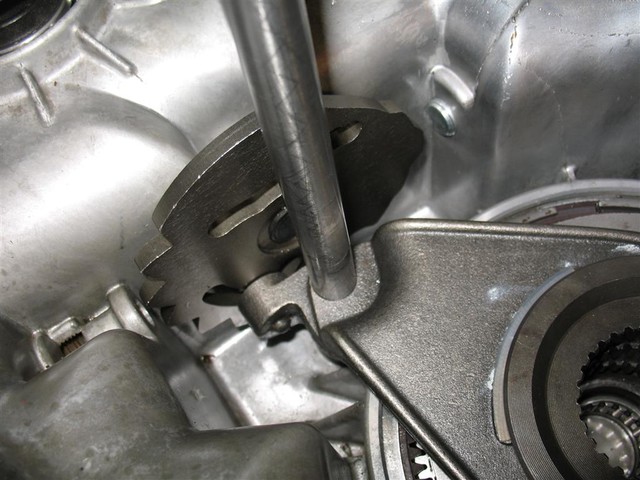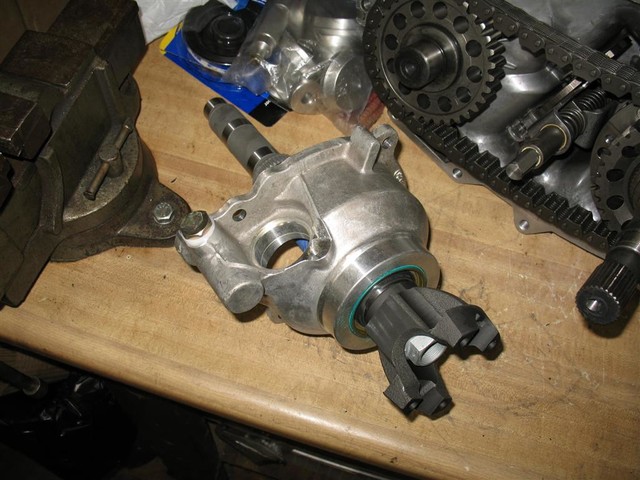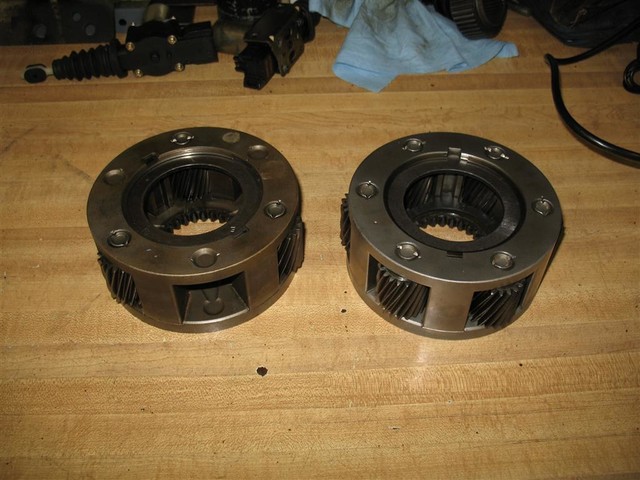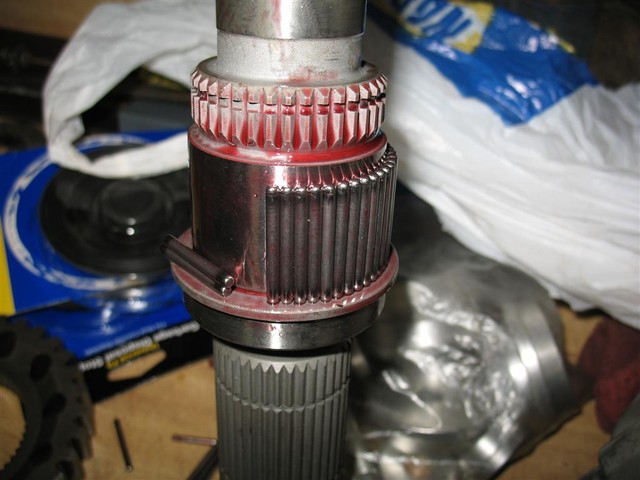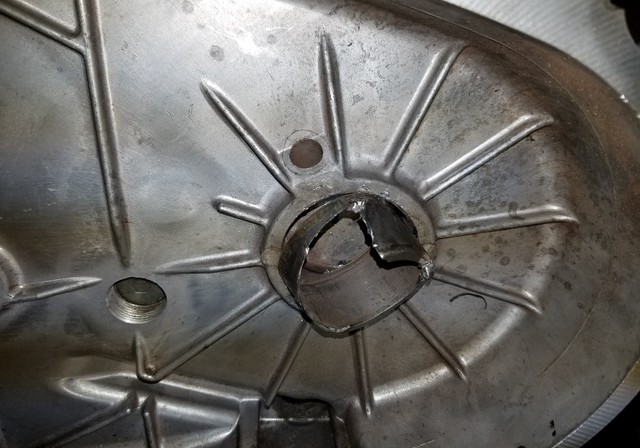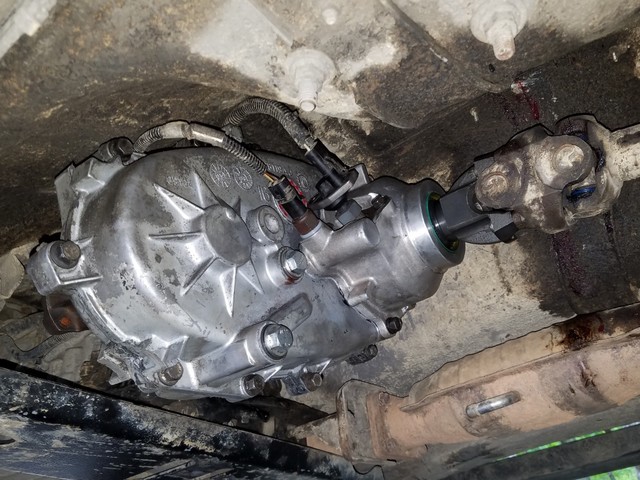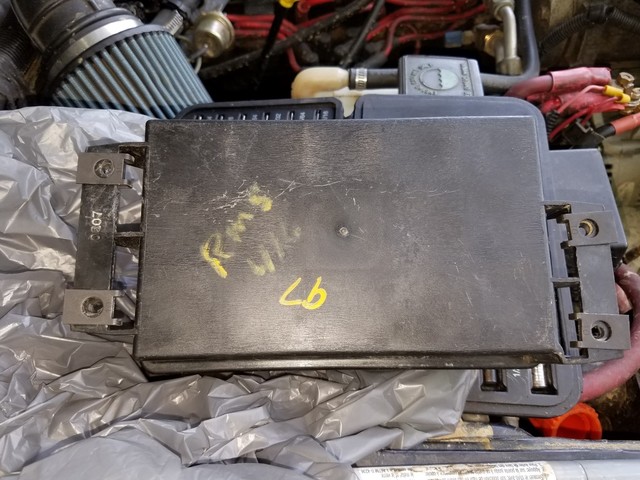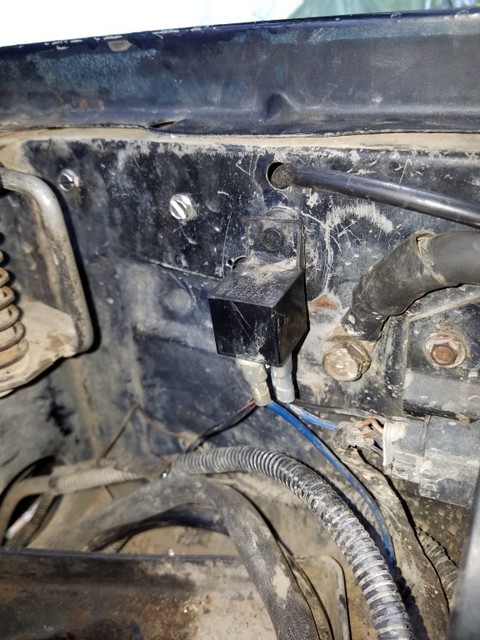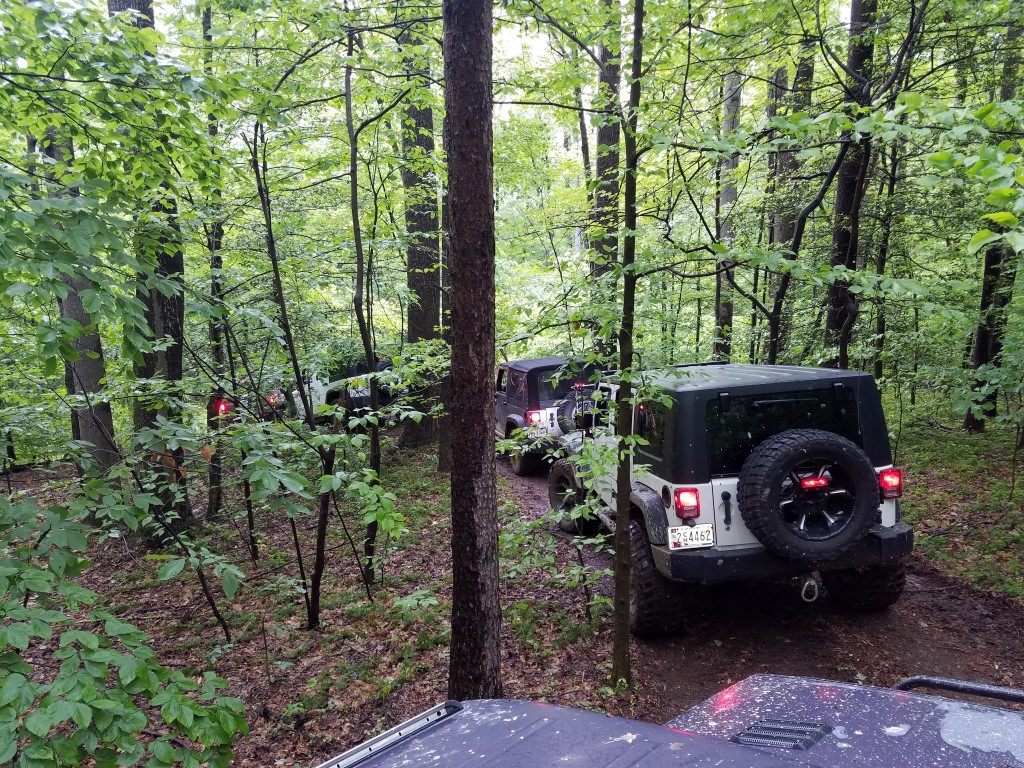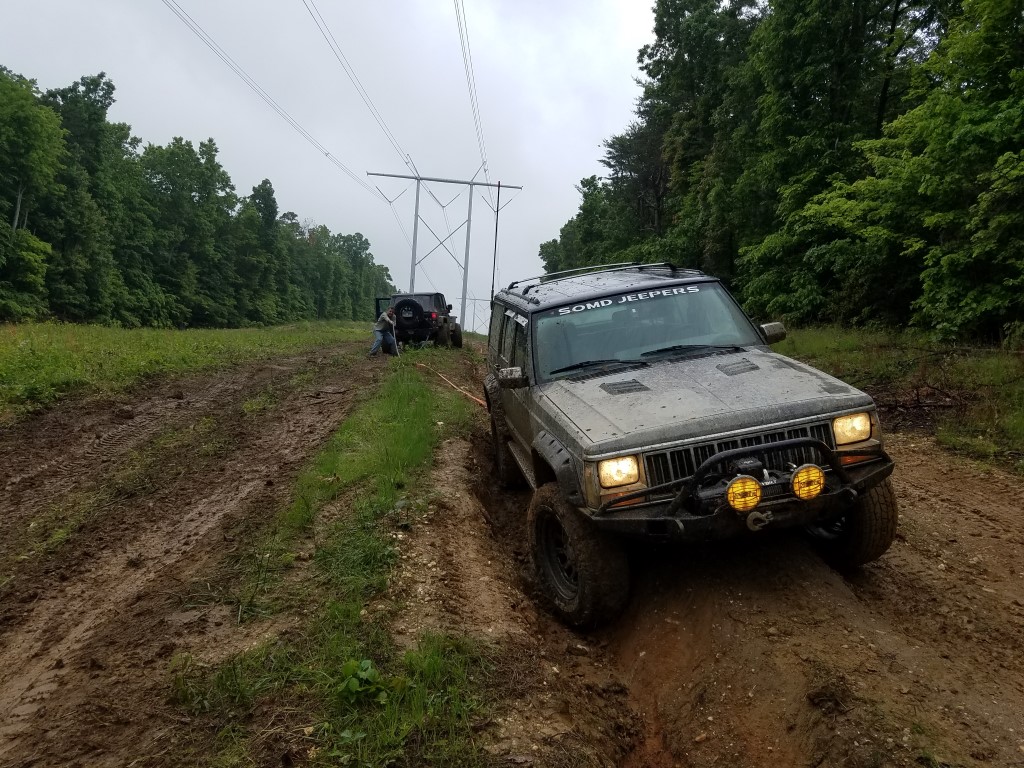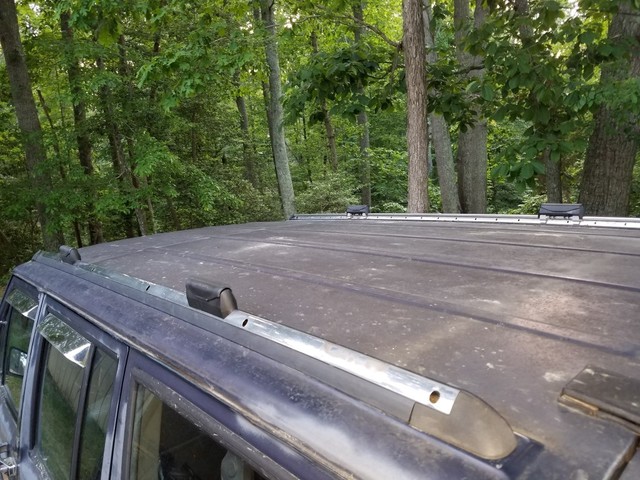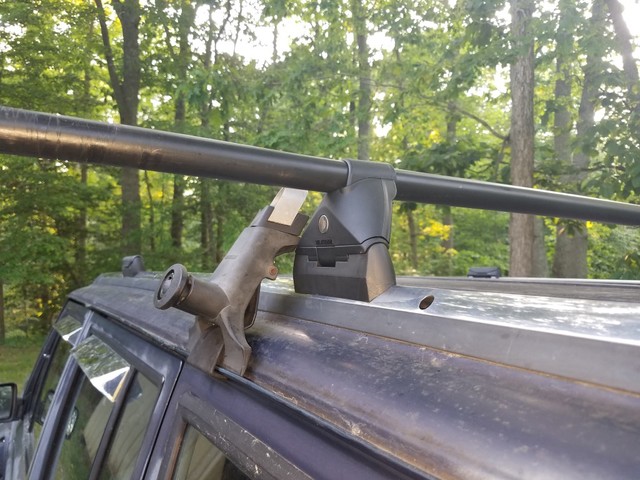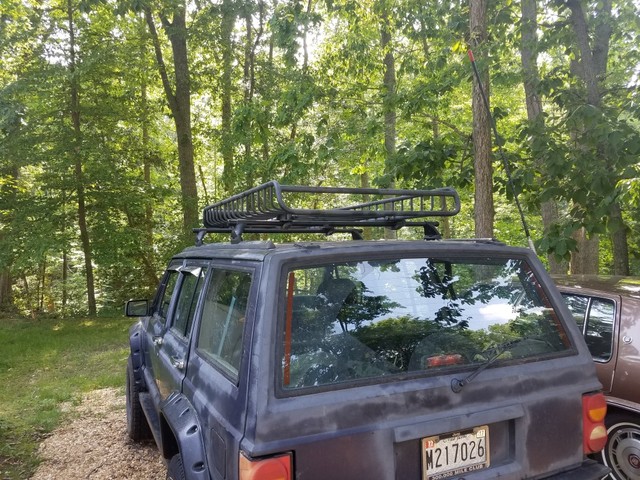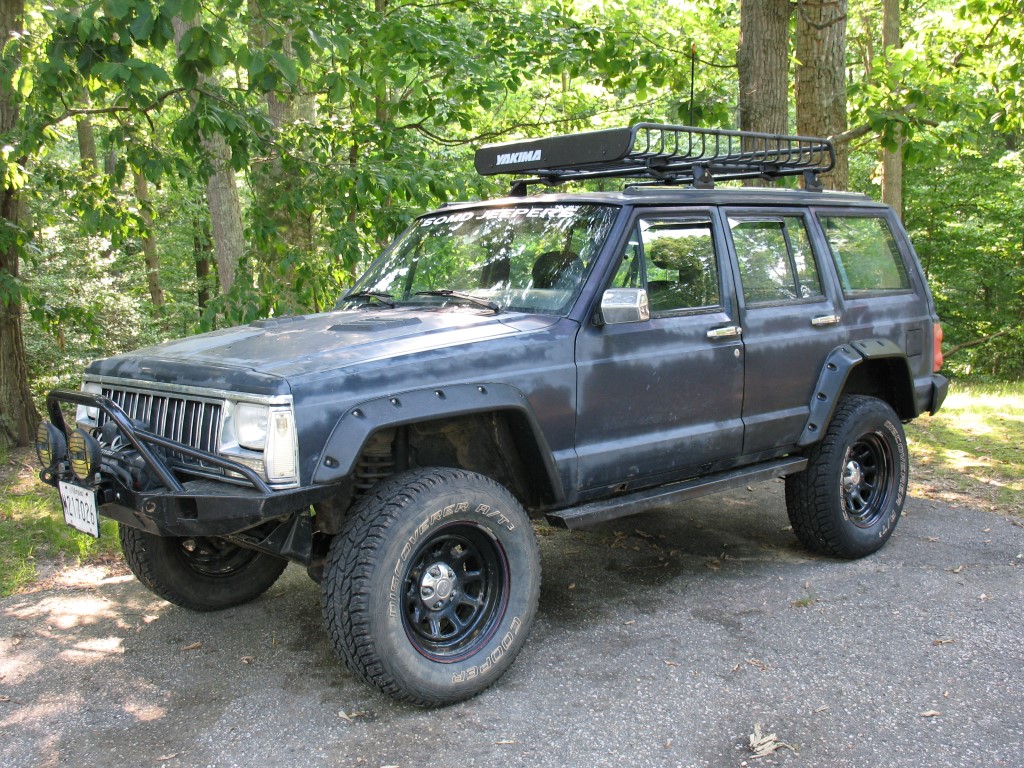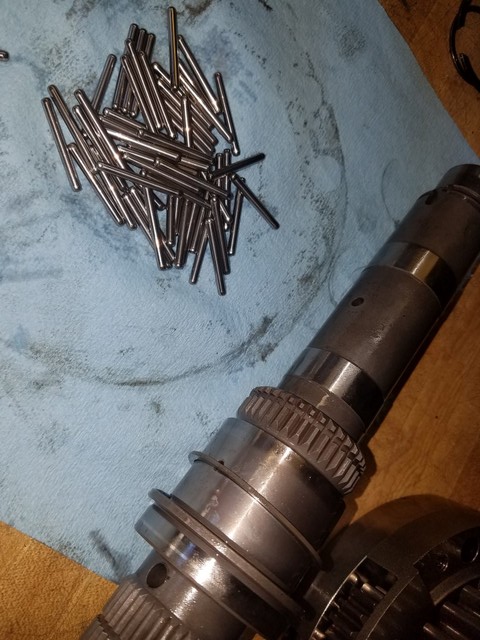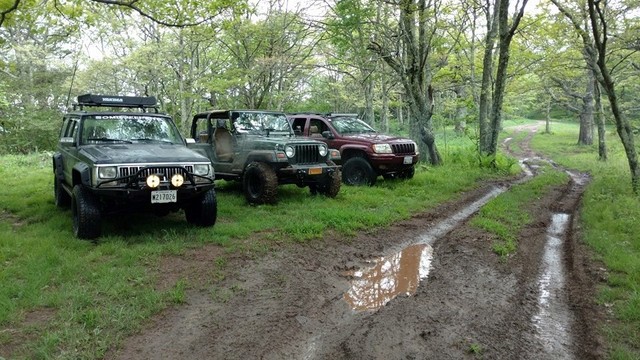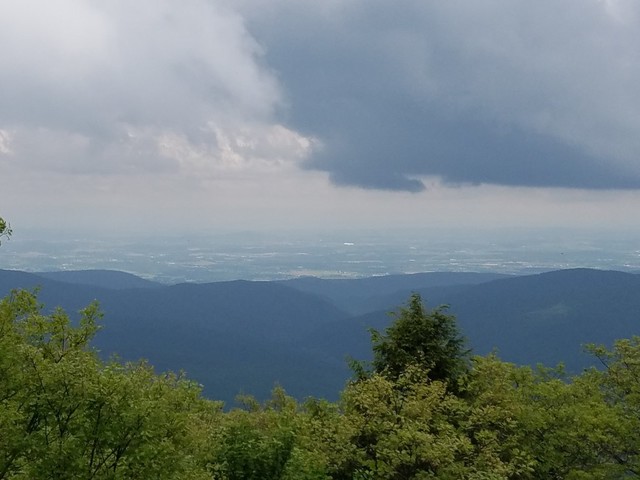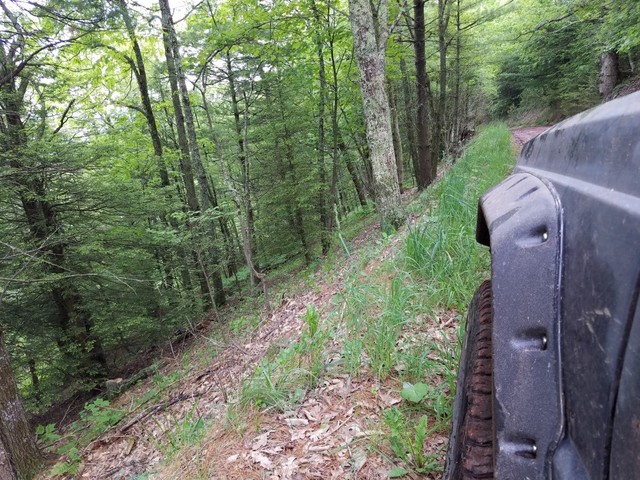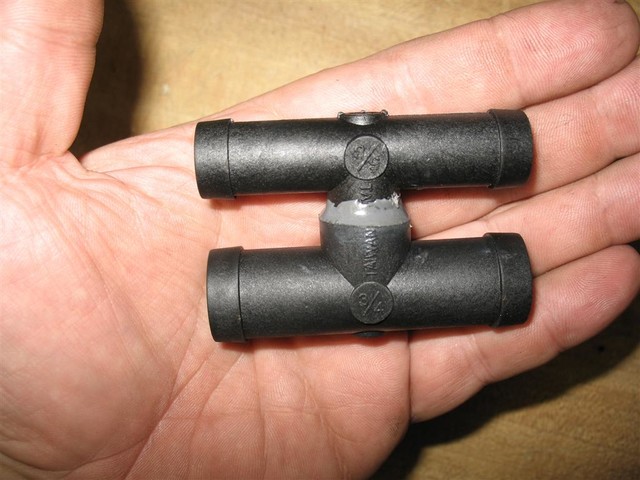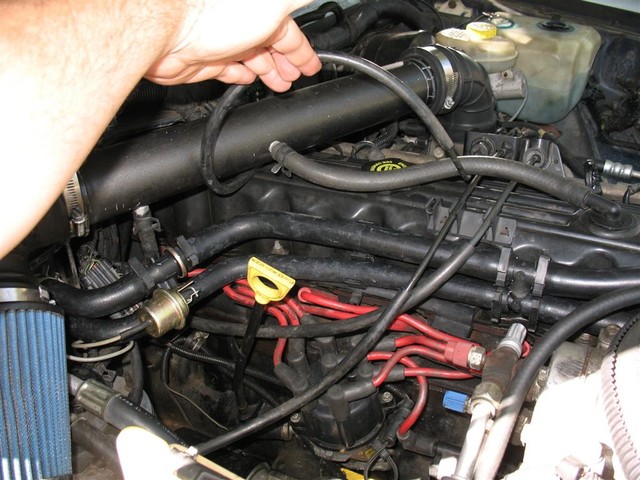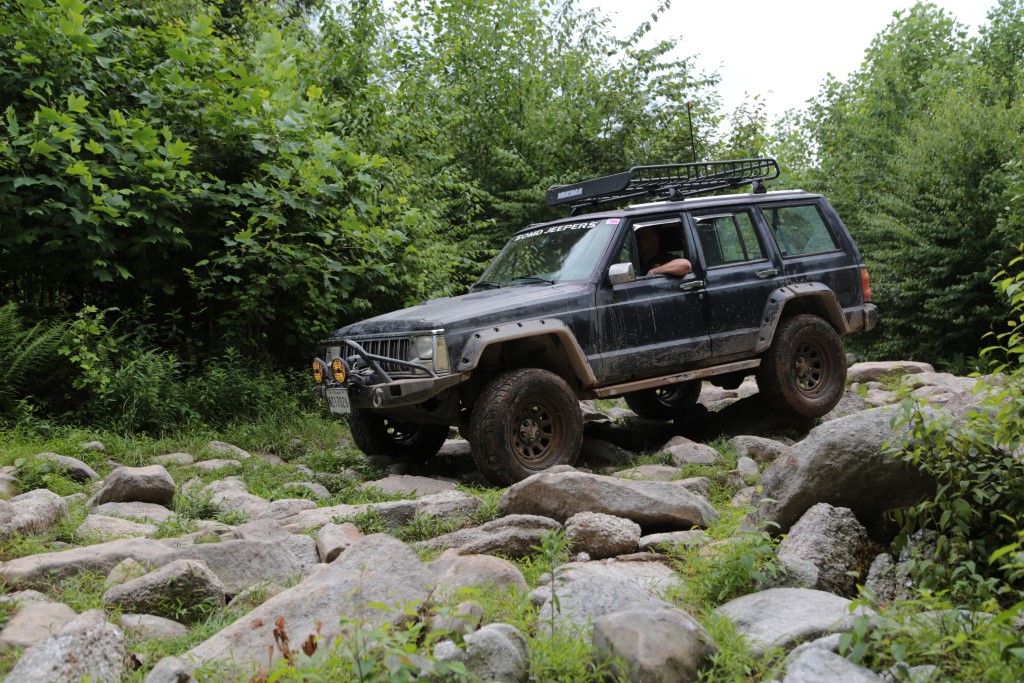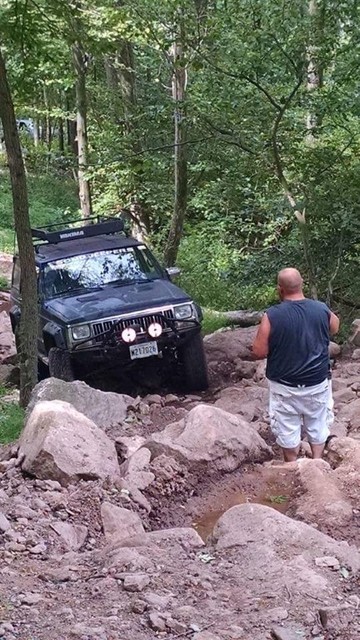On the way up to Anthracite a couple of weeks ago, my 4WD indicator lights suddenly came on. I pulled off to look at the switch, and noticed the case was really hot--I could barely stand to touch it, when usually it is just kind of warm. I was able to keep driving, and was able to wheel all day and then turn around and drive home, but something was wrong.
Last night I got a chance to pull it open and found the chain was stretched really bad, to the point where I was able to pull it off the front sprocket without removing the sprocket from the gear. Yeap it had gotten cooked.
The magnet was coated in fuzz again, but this time there was no visible wear.
As near as I can tell, the the gerotor oil pump in the tail housing appears to have failed. Namely the outer ring seems to have gotten stuck in the pump housing, and the inner ring is just buzzing around instead of pushing oil through. It also sounds like the needle bearings on the differential are damaged, but I haven't popped it open yet. The transfer case
worked just fine (for now), but obviously something inside has failed.
The good news is I have been rebuilding another NP242 on the side, and I was able to replace the old one with the new one today.
The build started with an NP242-WJ, which is a light-duty (non-HD) option that was installed on some of the early WJs with a 4.0. I had originally bought this from a part-out for $50 on the chance that it had some HD parts but it was just like a late-model NP242-J except for a couple of small differences. The case was pretty clean and felt good, so I decided to use it for a rebuild.
One of the main differences was that it had the CV yoke on the front output, instead of a u-joint yoke. I thought it would be a simple matter of swapping the yoke, but it turns out the input shafts are machined differently, so in order to use the u-joint yoke I had to swap input shafts too.
Another difference is that the WJ case does not have a provision in the tail cone casting for a speedo (the WJ got its speed from the wheel speed sensors), or for an indicator switch. The indicator difference was kind of complicated--the 242-J on the XJ has a raised/recessed collar on the end of the shaft that is used to work the indicator switch, which has 3 fixed positions and 2 active circuits (1-ON / both OFF / 2-ON)
Meanwhile the WJ uses ridges on the shifter / mode wheel, with the switch on top of the case. You can see the ridges on the right side of this picture:
Worse, the WJ switch uses variable resistance on a single circuit, so its not compatible with the XJ electronics. I would have to use the XJ switch, which meant I had to use the XJ rods, mode wheel, and tail housing.
I decided to buy the Advance Adapters NP242 SYE through Tom Woods (their "HD" SYE), which is a true 32-spline SYE with a custom machined shaft. This gave me a stronger output and the correct output housing.
I also bought a 6-pinion low-range planetary on ebay, to improve strength and reduce noise
While I had it apart, I also replaced all the bearings and seals with new Timken parts
I had some trouble replacing the captive front output stabilizer bearing in the rear case half. I started by trying to pull it out by welding a socket to the lip and pulling it up with a bolt in the socket (thanks OverlandZJ for the idea), but the welds broke free and the bearing never moved. After that, I just cut the bearings and race with the Dremel, and then cut through the outer sleeve enough to push it off the case wall and break the tension.
Finally got it installed
A couple of other things: One, the threaded boss for the indicator switch is too short and doesn't hold the switch at the right depth--this was fixed by using the delrin washer from the included plug as a spacer on the switch, which put it at a workable depth. Two, the AA SYE is shorter than my old hack-n-tap setup, so the old XJ driveshaft is not long enough--this was fixed by using the WJ front driveshaft that I already had on the front for the SYE (part number 52853500AA); this also means I can use the same driveshaft on both outputs again.
I got the case swapped in today and so far it seems to be working alright. I need to get another WJ driveshaft to hook up the front again, but I don't expect any problems. Interestingly, two noises that I had been chasing forever have disappeared, so that is a bonus. There is a little bit of a growl at low speed that's new, but I am going to give everything the chance to settle in for a few days before I start worrying about it.
If I ever replace transfer cases again, I will get a 242-AMG from an H1 Hummer


